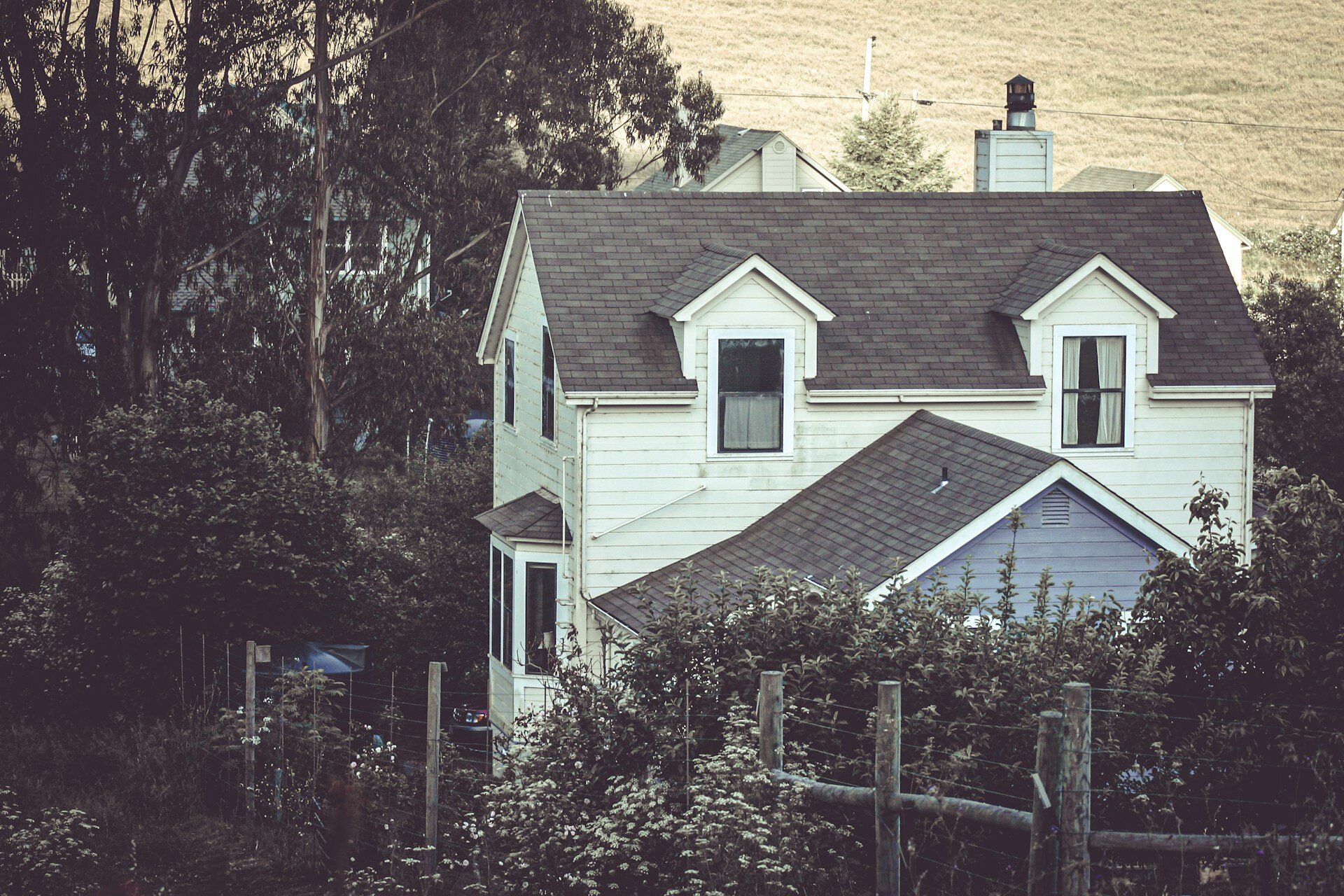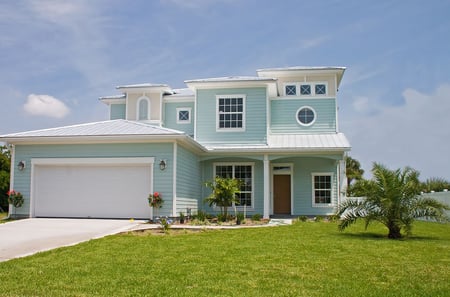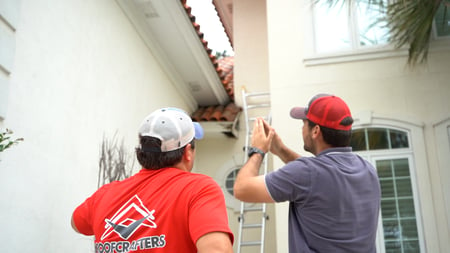Buying a Fixer-Upper In Florida: Roofing Red Flags to Watch for
December , 2024 | 5 min. read
By Kevin Mills

Buying a fixer-upper in Florida can feel like striking gold - until you realize the roof might be one gust away from being part of your lawn décor. If you’re not paying attention, those “charming quirks” could turn into costly roofing nightmares.
At RoofCrafters, we think that before you sign on the dotted line, we should talk about some common roofing red flags that could drain your wallet and void warranties faster than you can say “hurricane season.”
So, if you’re planning on buying a fixer-upper in the Sunshine State, you’re in the right place! In this article, we’ll dive into everything you need to know about spotting roofing red flags before you commit. From the challenges Florida’s unique weather throws at your roof to the specific issues that come with older or coastal homes, we’ve got you covered. Let's get started!
Florida Weather: Your Roof’s Ultimate Nemesis

Florida’s weather isn’t just a conversation starter, it’s a full-blown roofing stress test. Between the blistering sun, sky-emptying storms, and humidity levels that make you question your life choices, even the toughest roofs struggle to keep up. Translation? That fixer-upper’s roof needs a thorough inspection, stat.
Planning a move into your new “project home”? Don’t forget to call in the pros, and not just for the move but for the roof, too. Hiring local relocation experts can ease your move and help you focus on key inspections like the roof. Neglecting this step could leave you sweating (literally) when Florida’s next weather tantrum rolls through.
Red Flags Courtesy of Tropical Heat
Let’s face it: Florida’s sun isn’t here to play. It’s the boss-level challenge for roofs, causing shingles to curl, crack, or straight-up disappear. Spotting damaged or missing shingles? That roof might be sending you an SOS.
Then there’s the fading or discoloration issue. Sure, it sounds cosmetic, but it’s more like the canary in the coal mine. Sun-bleached shingles often mean the materials are giving up, which is bad news come storm season.
And don’t even get me started on ventilation. Poor attic ventilation turns your roof into a war zone - think warped shingles, uneven spots, and energy bills that make you weep. If things look bumpy up there, it’s time to dig deeper.
Water Damage and Humidity

If humidity were a person, it’d be Florida’s clingiest friend. And your roof? It’s bearing the brunt of it. Moisture invites mold, mildew, and rot to the party, so check the attic for water stains or any funky smells.
Don’t forget to inspect the flashing (those metal bits around vents and chimneys). Loose or rusted flashing is practically an open invitation for leaks. And while you’re at it, make sure the gutters and downspouts aren’t turning your yard into a swamp. In Florida, clogged gutters = fast-track to roof problems.
Coastal Homes: The Saltwater Struggle
If your dream fixer-upper is near the coast, congratulations, you’ve unlocked Florida’s salty secret! Salt air wreaks havoc on metal roofs, leading to rust and deterioration. Check for rust on gutters, vents, and anything metal - it spreads faster than gossip in a small town.
Coastal homes also deal with high winds and storms, so ensure the roof is up to modern hurricane codes. An outdated roof might as well come with a flashing neon “danger” sign during hurricane season.
Roofing Red Flags: What to Watch For

Some warning signs are subtle; others scream, “Run!” A sagging roofline? That’s a structural red flag waving wildly in the breeze. And those green or black streaks? Sure, it’s just algae, but too much can trap moisture and lead to rot.
Tile roofs, which are very popular in Florida deserve a close look, too. Cracked or missing tiles may seem minor, but they let water sneak in and cause serious damage.
How Old Is That Roof Anyway?
The roof’s age matters more than you think. After Hurricane Andrew in ’92, Florida upped its building code game. If the roof predates these changes, brace yourself for potential repairs, or even a full replacement.
Some materials handle Florida’s climate better than others. Metal and tile roofs hold up longer, while asphalt shingles tend to bow out early. If your fixer-upper has an asphalt roof, start saving for its inevitable replacement.
Get an Inspection & Save Your Sanity

You might fancy yourself a savvy DIYer, but roofing issues can hide better than your car keys on a Monday morning. A professional inspector can spot problems you’d never think to look for, especially the ones unique to Florida’s weather chaos.
Bonus points if the inspector knows their way around storm damage and sun exposure. Trust me, the peace of mind is worth every penny.
Roof Smarts for Fixer-Upper Success
All in all, buying a fixer-upper in Florida is equally exciting and risky, and the roof is where those risks tend to pile up. Spotting red flags early and bringing in a professional can save you from costly surprises—and maybe even make your homeownership journey a little less sweaty.
Your fixer-upper deserves a solid foundation, literally. So, don’t skimp on that roof inspection. After all, a sturdy roof over your head is the real fixer-upper dream, right?
If you're ready to start your journey, be sure to hit the "Schedule an Inspection" button down below, and one of our representatives will walk you through the next steps!
My name is Kevin Mills, and I am the lead estimator for RoofCrafters’ Tampa division. I’m originally from Michigan, and I enjoy hunting, fishing, and spending any free time outdoors. What I’m most passionate about, though, is helping business owners and homeowners alike achieve their roofing goals, all while providing a seamless customer journey.



